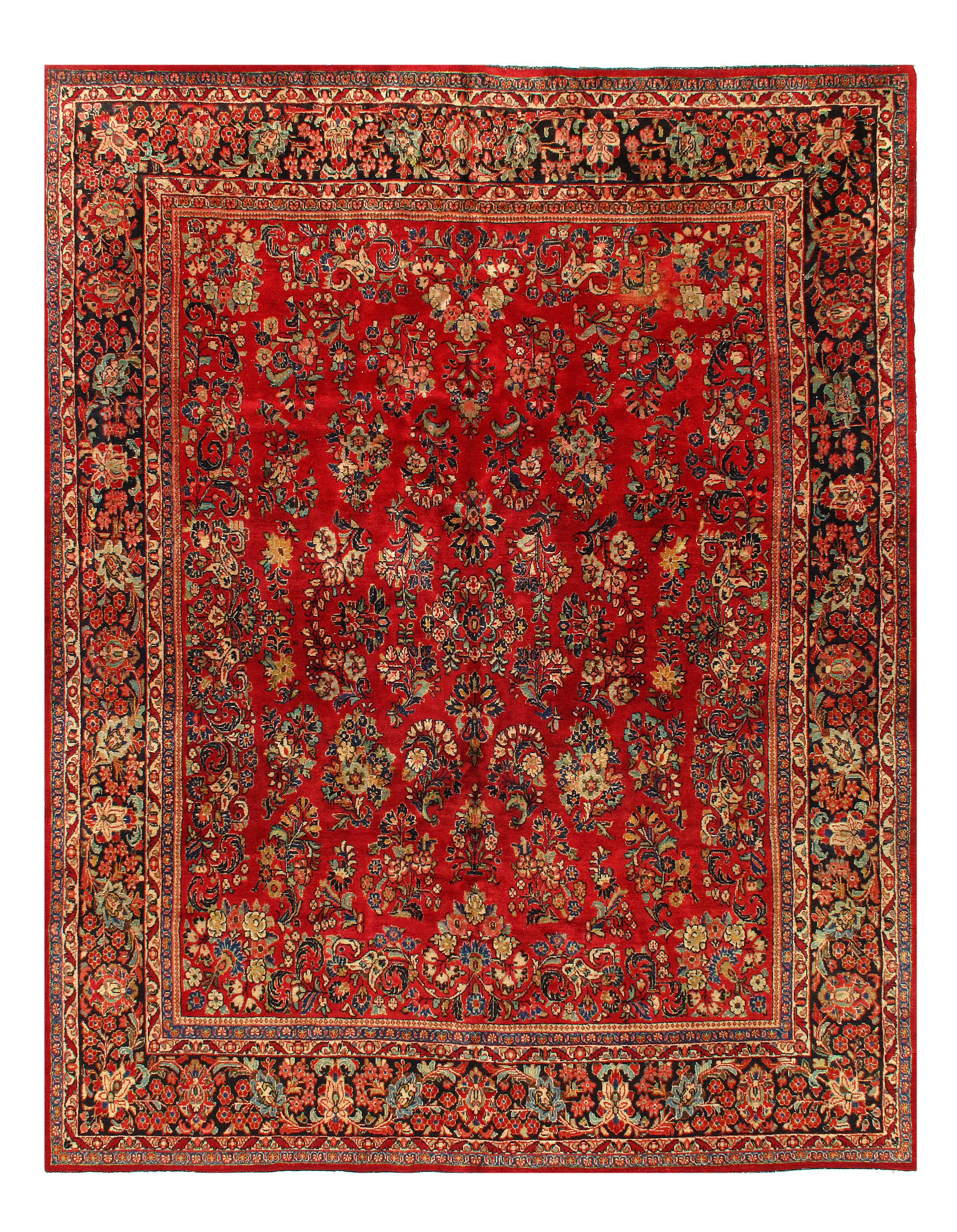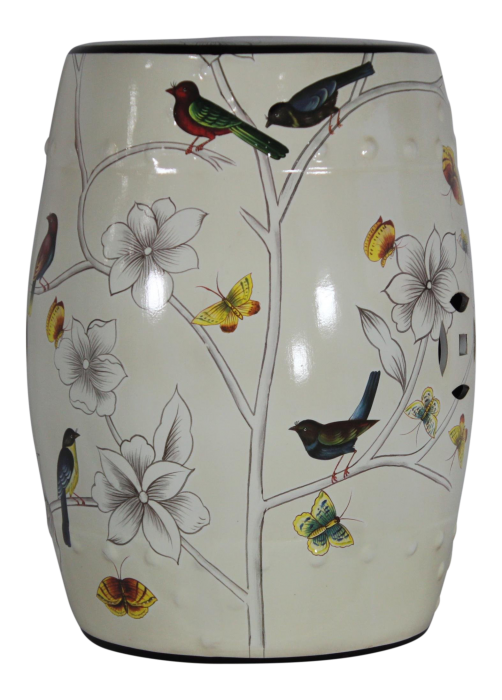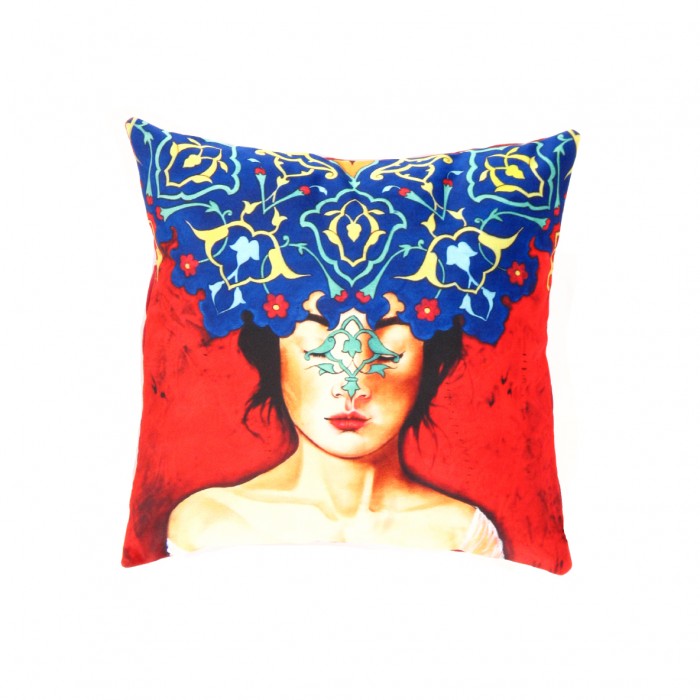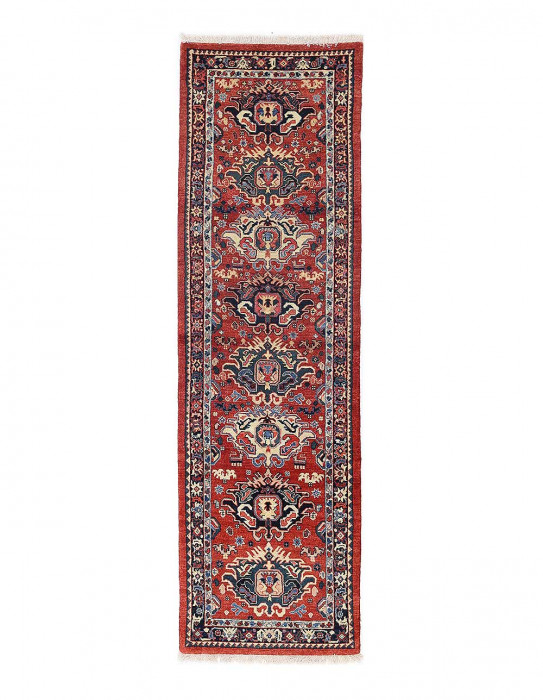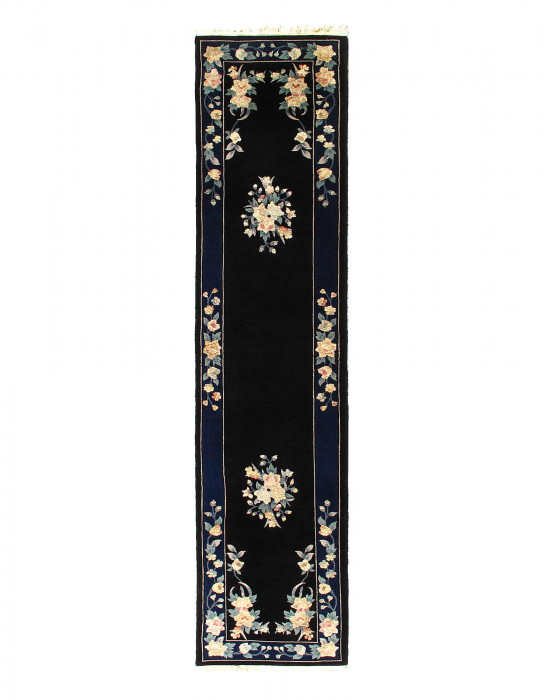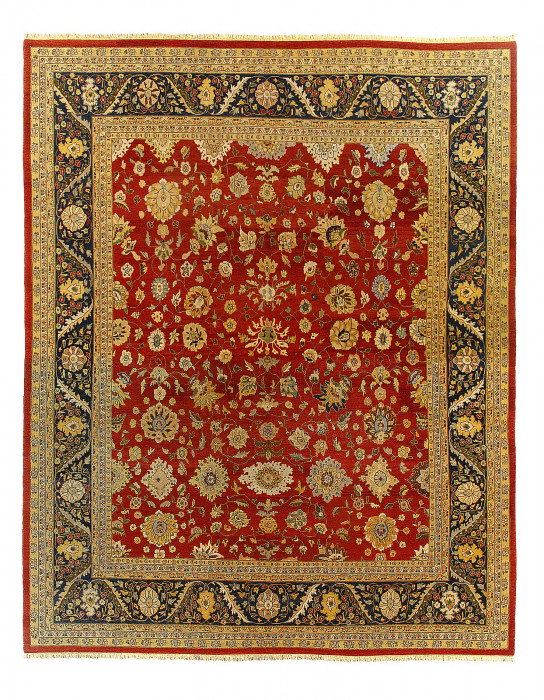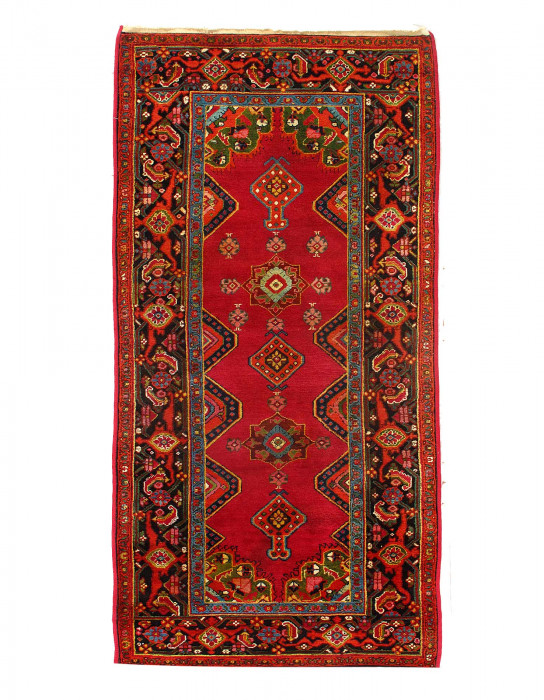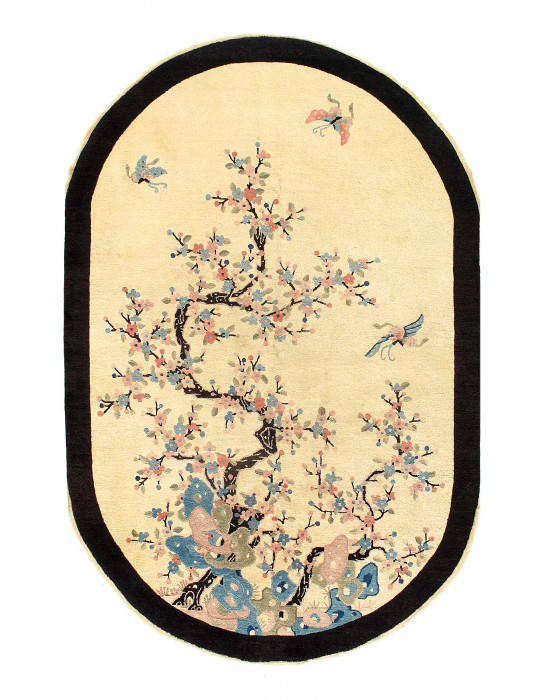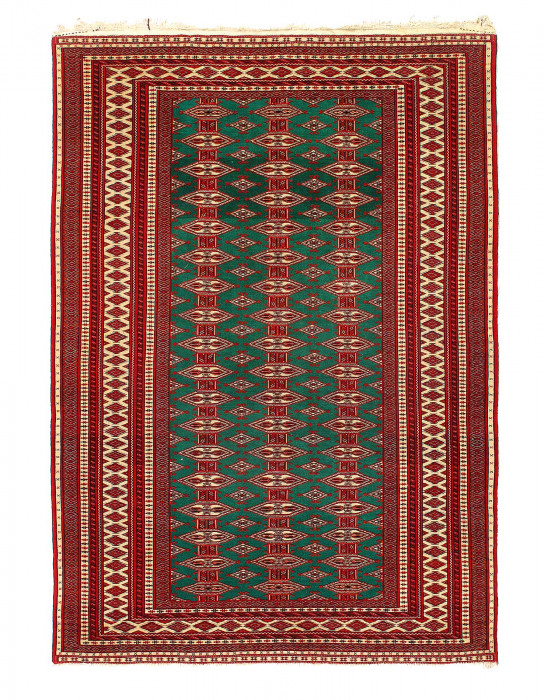Red Antique Persian Sarouk Rug - 8' x 10'
| SKU | D10948 | UPC |
| Brand | Pasargad DC |
| Collection | Persian Classic |
| Design | Sarouk |
| Matterials | Lamb's Wool |
| Shape | Rectangle | Weaves | Hand-Knotted |
| Primary Colors |
|
| Border Color | |
| Size | 8' x 10' feet |
| Foundation | Cotton |
| Country Of Origin | Iran |
| Age | Antique |
Review
Product Detail
Sarouk Rugs– The thickness of the luxurious pile allows Sarouk rugs to withstand the level of foot traffic that would be typical in hallways, common rooms and foyers. The style, quality and durability of Sarouk rugs have made them extremely popular with western consumers then and now. However, they weren’t always so popular. In the early 1900’s, painted Sarouks that were over-dyed in vibrant hues of garnet and salmon-pink brought regional rugs to a new height of popularity. Although purists never appreciate these alterations, painted Sarouk rugs are regional icons.
Antique carpets produced in Sarouk feature classic curvilinear vine scrolls and opulent arabesques as well as local bouquet-filled designs that represent the diversity of regional carpet-weaving traditions. The carpets of Sarouk are traditionally made with blue weft threads. However, the surface designs and floral patterns incorporate a tremendous variety of pure and clear colors. The village of Saruk produces stunning medallion-and-corner rugs and exquisite allover Herati patterns, but the lush carpets that feature beautifully isolated bouquets and shrubs best represent the unique aesthetic of Sarouk. Whatever design they feature, Persian Sarouk carpets have an opulent and enduring aesthetic that will always be in demand.
Sarouk rugs are among the most luxurious classically derived, room-sized Persian carpets. They were produced in the Arak region, not far from where Farahan and Sultanabads were made. Some of the early examples were so closely related to Farahan that they have been designated as Sarouk-Farahan. While the latter tend to have medallion designs, Sarouk carpets from about 1900 onward were mostly produced in an allover format, with dense sprays or bouquets of flowers and vines arrayed across the carpet symmetrically, on a deep blue or burgundy ground. This latter type is known for its soft, velvety wool and fairly thick pile.
Sarouk carpets derive their name from an obscure village in Persia, located twenty miles north of Arak (formerly Sultanabad). Over a short span of history, this village produced some of the most highly regarded Persian weavings of the late 19th to early 20th century. These rugs are easily recognizable despite their lack of consistent design elements. Most were room sized with central medallions and generally the wefts were blue. The field colors were cream, indigo or a pale red and floral motifs in the field showed multiply shades of orange, green and brown. The short velvet like pile is of excellent quality and wears well.
🌀 Choosing the right rug can transform your living room!
- Size matters: Make sure your rug fits the seating area all furniture legs should rest on it or at least the front legs.
- Style & color: Pick a rug that complements your furniture. Neutral rugs work well for bold furniture, while colorful rugs add vibrancy to neutral rooms.
- Material: For high-traffic areas, choose durable materials like wool or synthetic fibers.
- Texture: Plush rugs add warmth, while flat-weave rugs are easier to maintain.
😄 Need help? Contact our support or check out our blog for more tips!
Don't forget to add a rug pad—it helps your rug feel better and last longer!
